Products that people want to use and buy are built by exceptional cross-functional teams. However, how do you build an exceptional cross-functional team? Firstly, in this article, we explore what it takes building a cross-functional team?

As Product People, we know we *need* to work in cross-functional teams. Some of the teams we work with include:
- Engineering team
- Design team
- Marketing
- Sales
- Customer service
Building cross-functional teams is a very complex process and cannot be explained in one article. Therefore, Building cross-functional teams will be a series.
What is a cross-functional team
A cross-functional team in it’s simplest form is a team that consists of people from different functions and skillsets. If you really think about it every corporation is a cross-functional team.
However, before we get ahead of ourselves if you are a single founder corporation and do not have any employees you may still be working in a cross-functional team if you hire freelancers or outside help.
In other words, strong cross-functional teams are built with individuals with different skill sets to complement each other to work towards a common outcome.
In the below example we have purposely taken a sales approach for a reason. The reason is shared as you continue reading in the section titled in closing.
For example, in the enterprise SaaS marketplace. Companies such as Zendesk, Drift, & Freshdesk create a “two in a box” cross-functional team. The team includes:
- An Account Executive (AE). An AE, which is effectively a salesperson, the title might be different and that doesn’t matter. The role of the salesperson is to manage the relationship, solve the customer’s problems, and hopefully win the business.
- A Sales Engineer (SE). A SE, which is effectively the tech lead for that particular opportunity who supports the Account Executive.
However, behind the scenes and what the customer generally doesn’t see is that the Account Executive and Sales Engineers are part of a bigger cross-functional team. A customer may only see the Account Executive and Sales Engineer as the familiar face or first point of contact. This is also a design choice for a reason; to build trust, continuity, and a relationship, but that’s for another day.
It is important to remember while cross-functional teams come together for a particular purpose. Team members can potentially be in multiple cross-functional teams for multiple projects or opportunities.
Let’s walk through a typical sales process
Companies will generally have inbound and outbound marketing and outreach activities. Hence, functions like SDR/ BDR’s and marketing are likely the first interaction potential customers have.
This information will be shared with the Account Executive. Who will reach out and continue the conversation and bring in the Sales Engineer.
During this phase of identifying the need and presenting the Product, the following activities generally occur:
- If the customer requests additional materials to review or share internally. The AE works with other internal stakeholders to produce or repurpose existing content. This could be with the sales, marketing, or proposals team members.
- If the customer request discounts. Which are above and beyond the standard discount structure the AE is authorized to provide. The AE generally works with the deals desk (or finance) team. They evaluate the opportunity and business case and work with internal leadership to obtain the nonstandard discount approvals. Generally speaking the higher the discount level the higher up the leadership chain approval is needed.
- If the customer requests specific integrations. The SE may not be versed in all the potential integrations and therefore will bring in other specialists depending on the integration. It could be another SE (peer) or someone from the implementation, or services team, or it could be a Product Manager.
Selling isn’t easy. Delivering what you’ve just sold isn’t easy.
- If the customer requests to understand the product roadmap. The AE will generally lean to the Product team.
- If the customer requests non-standard contractual terms the AE will bring in the legal team who will advise and review the legal terms. Some companies ask for a mutual NDA to be signed before sharing non-public information such as Roadmap. Even then any Roadmap items may not be in writing but in person or a video call. If a contract is signed the legal team will review and hold signatory authority.
- Once the opportunity has been signed the implementation team, professional services, or customer success team will assist the customer to get set up and successfully solve the problem that was identified earlier in this cycle.
In addition, please note that there will be differences between companies and how they operate. However, what is outlined above can be viewed as a starting point.
Why do we need cross-functional teams
From the above example, the AE reached out to multiple other internal team members and stakeholders to close the opportunity in question. Bringing different team members into a cross-functional team allows the company to scale and in this case close this opportunity faster. The AE has access to a skillset that maybe the AE doesn’t have.
Building cross-functional teams
Being a Product founder is a very tough and rewarding job. In the beginning, the founder is doing what we described above by themselves. Which takes a lot of skill, determination, and talent. As the founder, product, and company grow it becomes unsustainable to do everything. Not only for the founder’s health but because it’s easy to lose focus.
Create an aligned mindset
Working in cross-functional teams means you have access to additional skills that maybe the team doesn’t have. But this also means the team members may have different priorities. In the above sales example, the AE has no authority over any of the other team members/ stakeholders.
Granted you can say that each function has allocated a resource to assist the AE. Which is all well and true, however, what happens when there are 300 AE’s in the company and each one needs attention?
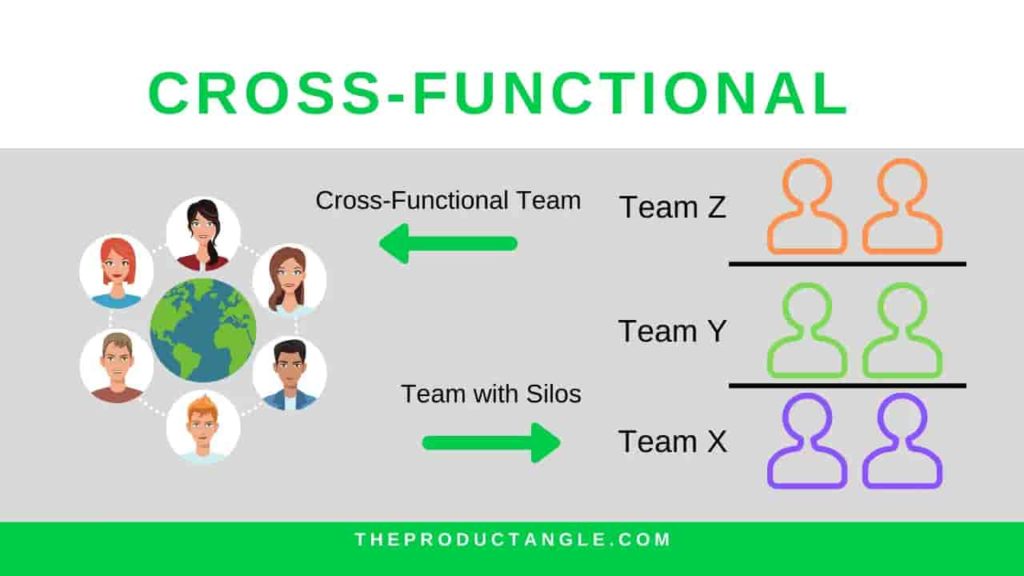
Communicating very well comes in very handy. Clear communications can lead to building trust. Creating an aligned mindset is very important and ensuring that everyone understands what role they play and in what timeframe they play it.
Without a clear discussion on who does what, it can easily come down to a, *not me* situation. For example, well I thought [other team member’s name] was working on it. Or I didn’t know it was needed this week.
Influence without authority
As Product People, we work in this situation day in and day out. We must work to bring cross-functional teams together for a shared objective, project, or meeting. Again, we stress the importance of sharing clear, concise communication with the team.
Team members are more likely to work with you if they trust you. Building trust can take years, however, ruining trust can take seconds. Unfortunately, people tend to only think about building trust when they need something from someone. Since there is zero pre-existing trust that has been already established it becomes harder for a team member to work with you. This is especially if you become known for only reaching out when you need something.
Take action
There is a difference between say reaching out to the legal team once a year. When needing a contract reviewed for a signature because it’s *legal’s job* to do so.
Versus emailing legal 3 months in advance when you realize that your potential enterprise customers will insist on using their legal paper.
Or simply congratulating the deals desk team for something you read in the company announcements.
One of my favorites, when you start a new job or someone new starts in your company. Reach out and just have an intro chat. No agenda, no asks, just get to know the person and show some *real* interest in them. Maybe even answer questions, help them settle in or just chat about the lay of the land.
If you work remotely it’s usually a voice or video call. If you work physically in a team, it could mean grabbing a coffee or lunch.
There is no hard and fast rule. However, think about it, if you were on a first date you would never ask the person to marry you on the first date. Similarly, the ability to ask someone for assistance and get help takes time. Yes, even if that’s their job. What I mean by this is that usually legal is the only team in the company that has the authority to sign certain documents. Leadership may also be permitted to bind the company into a contract.
Identify and reduce friction
We have established that in a cross-functional team you generally do not authority over the other team members. This means you need to connect with them, communicate the purpose, objectives, goals, and desired outcomes. Hoping to influence them to take action to meet the desired outcomes.
Since there is a functional leadership difference, meaning each team member reports to their own functional/ departmental leaders. The priorities, budgets, targets, goals, etc. will be different. At a higher level yes, all employees should have shared priorities, budgets, targets, goals, etc.
Let’s go back to our above sales example. What happens when SE’s are leaving the company. The reason for leaving is irrelevant in this context. The effect is that there will be more AE’s than SE’s. What happens when AE’s need more of the SE’s time and each SE originally handled 3-5 accounts and now is expected to handle 6-9 accounts?
This could be a prioritization exercise, maybe SE leadership mandates that they will only work on deals over $1M. What happens if your opportunity is less than $1M do you get no support or do you wait in the back of the line.
If you don’t sell as a salesperson, you don’t meet your targets. Salespeople live and die by their targets. Is your job on the line?
Or it could be that the SE assigned does not have knowledge of that new integration or product and expects the Product team to assist.
Regardless, identifying and reducing any friction from the team member to do their job will go a long way to them supporting the overall outcome. It may even build trust.
Communicate with leadership
As you go higher up the chain with leadership, they are less interested in the details and more interested in the strategic nature and how that ties in with their objectives.
You may only have five minutes to explain what is happening on that $100M project. You may have been asked by the EA to share one slide or two slides max.
How do you combine, for example, eight months of work and a $100M project into one or two slides?
How do you know it will be meaningful to the leader?
Find out what is meaningful to them. If asked to communicate with a sales leader they are numbers people. In good years when there are more deals then capacity they can pick and choose which companies to work with. In bad years they might be willing to accept a deal at a lower profit margin.
Connect what you are doing with the overall business goals, objectives, and/or outcomes. Understand what success looks like to leadership.
In Closing
We believe working in a cross-functional team yields maximum results. However, we also acknowledge that working in cross-functional teams can be challenging with competing priorities.
Either way working in a cross-functional team is becoming a normal occurrence. As Product People, we need to embrace this and connect and communicate with the teams to extract the maximum value as a team.
Team Discovery
In this example, we have focused heavily on the cross-functional aspects from a sales perspective.
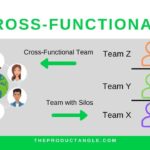
However, from reading this article if you take away one piece of information this is what we would like you to take away.
Product People have a huge responsibility with no authority. Therefore, Product People must use influence, persuasion, and alignment to work in cross-functional teams.
Just like universally, we have accepted that to build products for people we need to get out there and talk to our customers, and potential users. Which is also known as Customer Discovery.
We are proposing to build exceptional cross-functional teams. Product teams *need* to talk to other team members. Be curious about how they think, what drives them, what problems they face, and what success looks like to them. We are proposing similar thinking while working in cross-functional teams. Working to create alignment resulting in creating Products:
- Faster,
- Together with a sense of purpose, and ownership,
- Based on shared information,
- Less time and wasted resources
This is a practical mindset and not theoretical. We propose calling this Team Discovery.
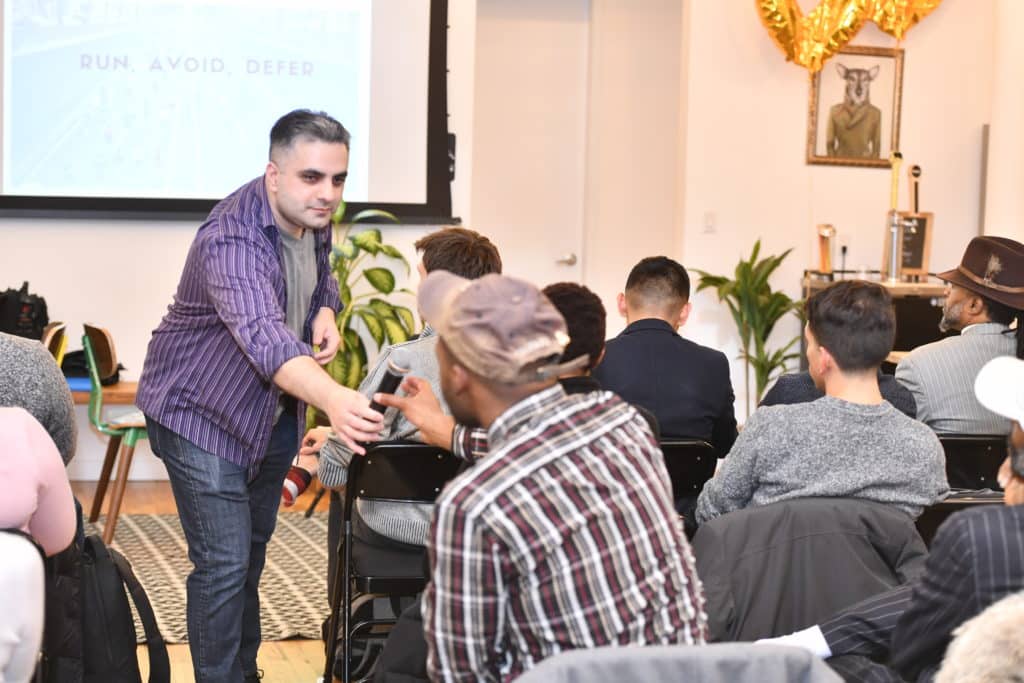
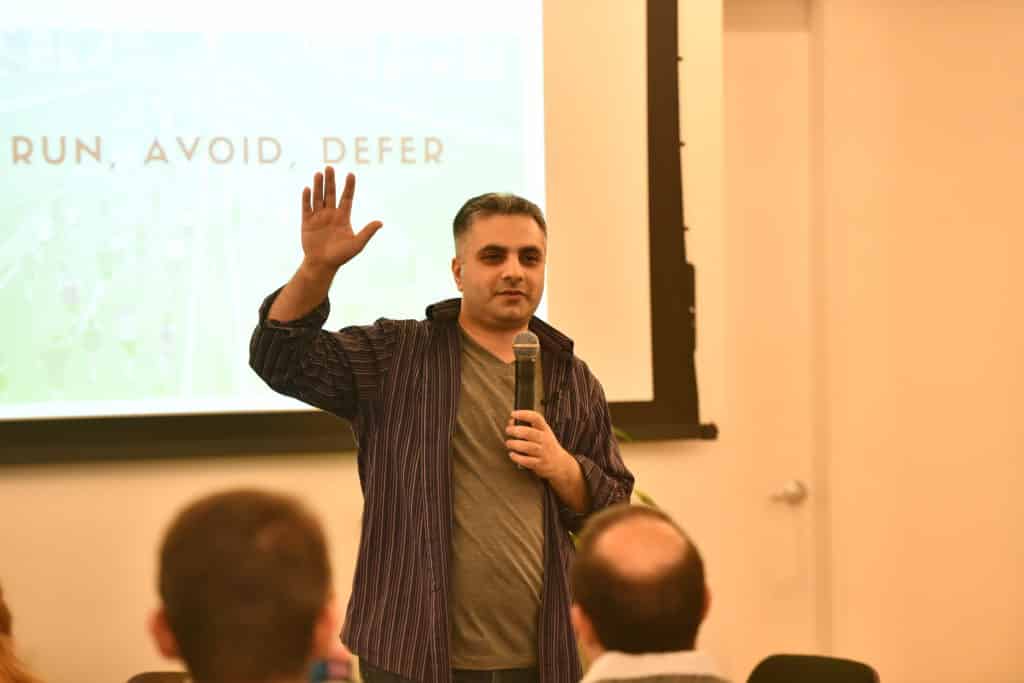
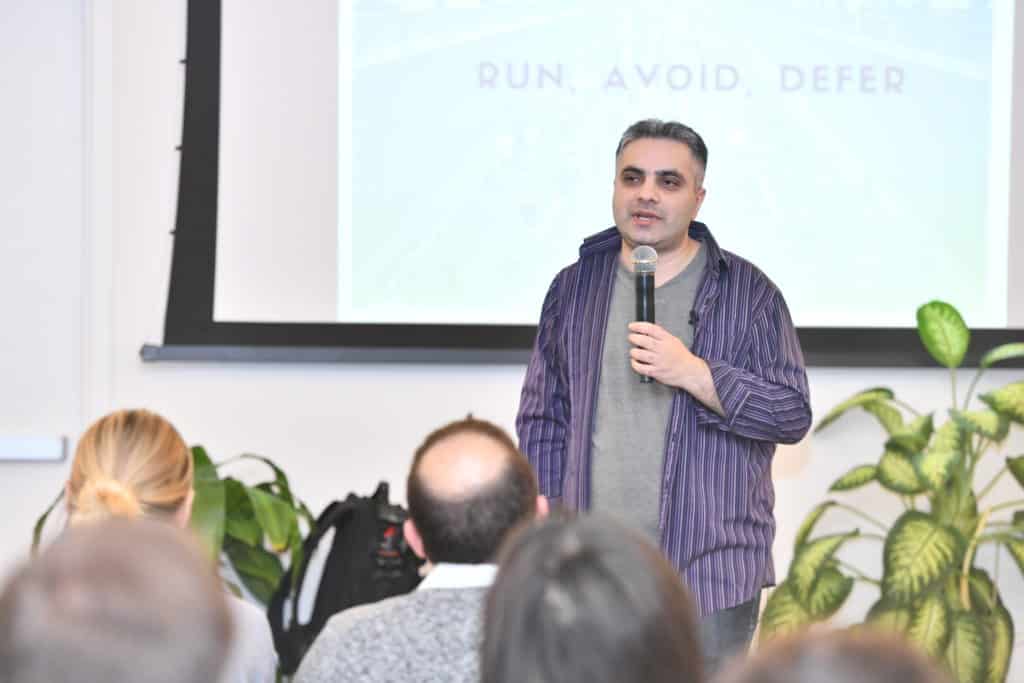
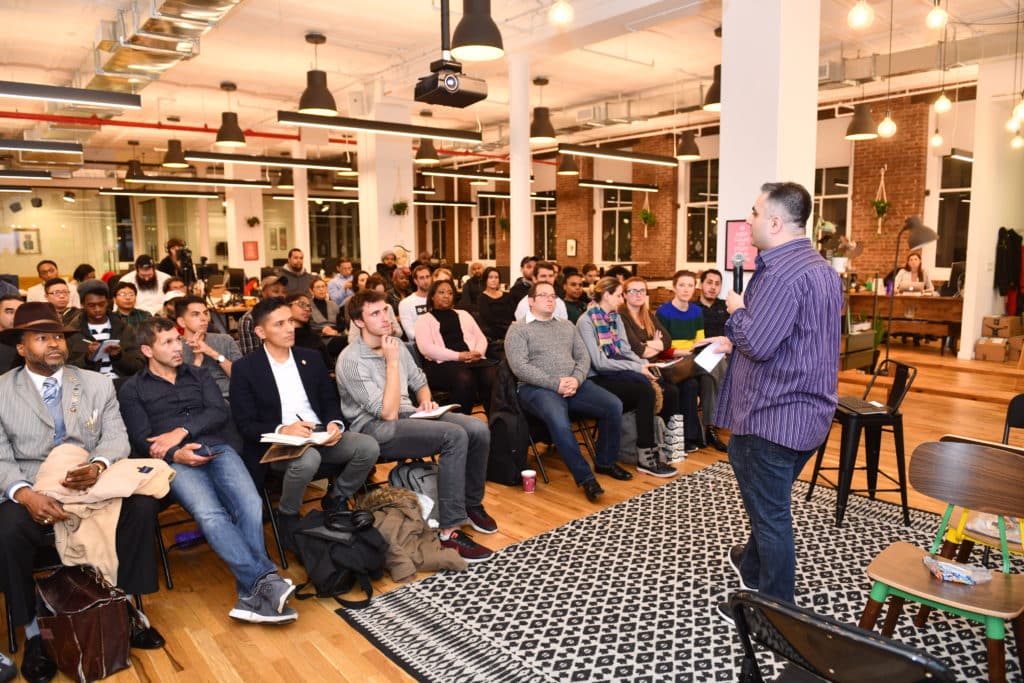
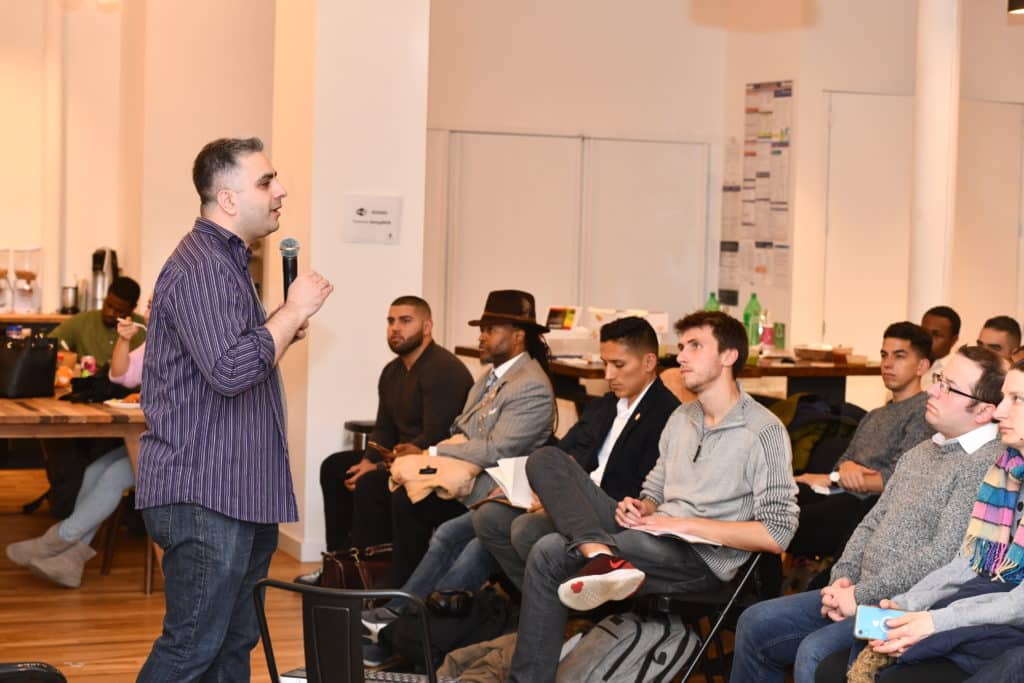
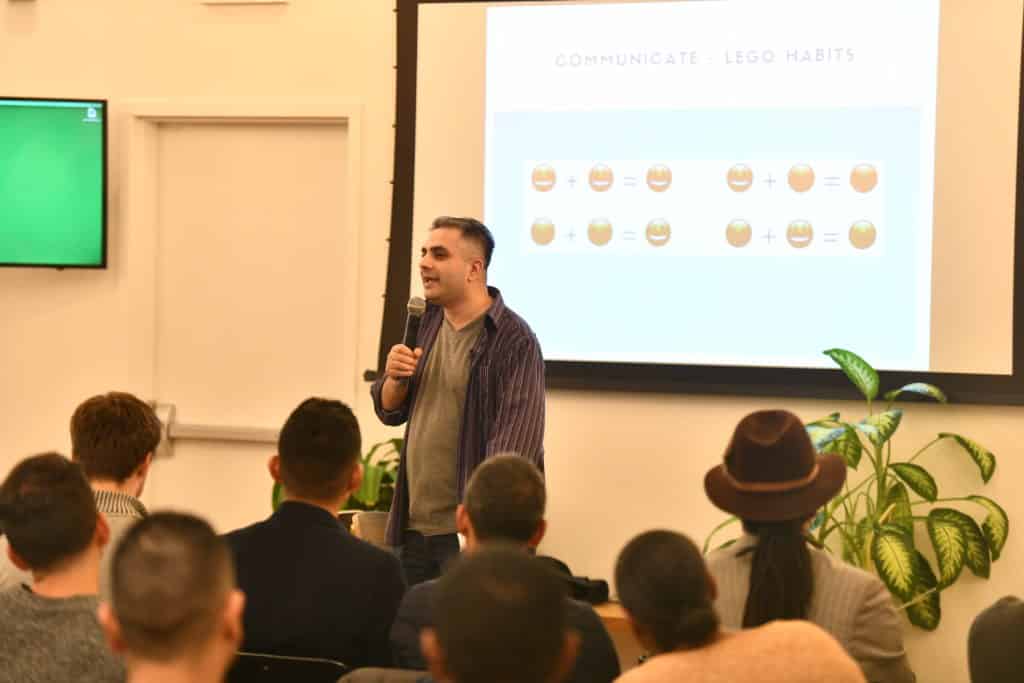

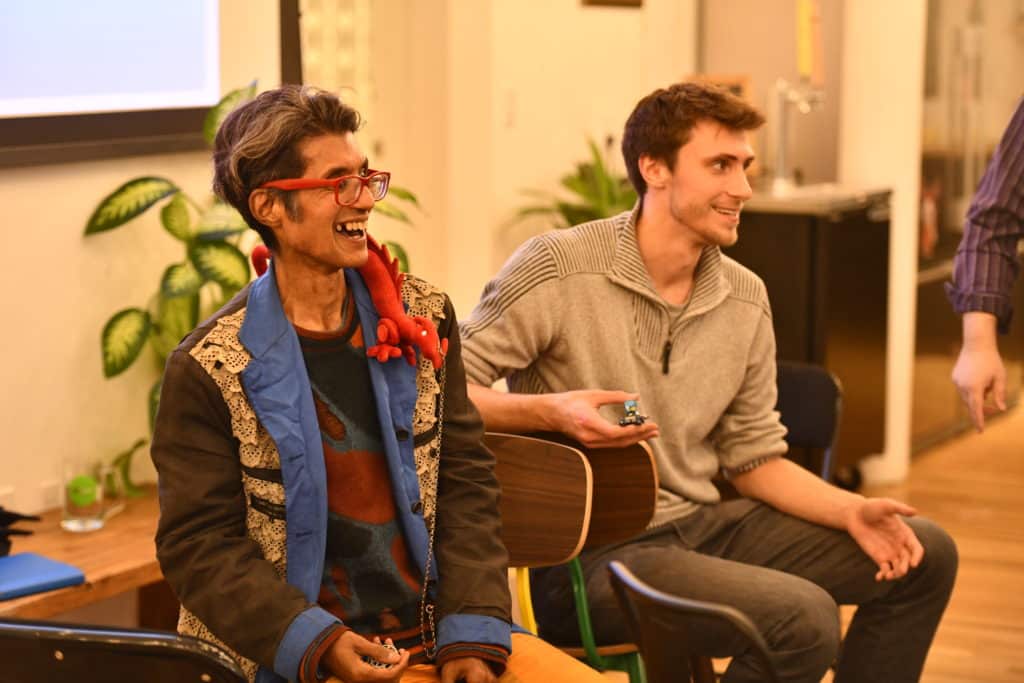
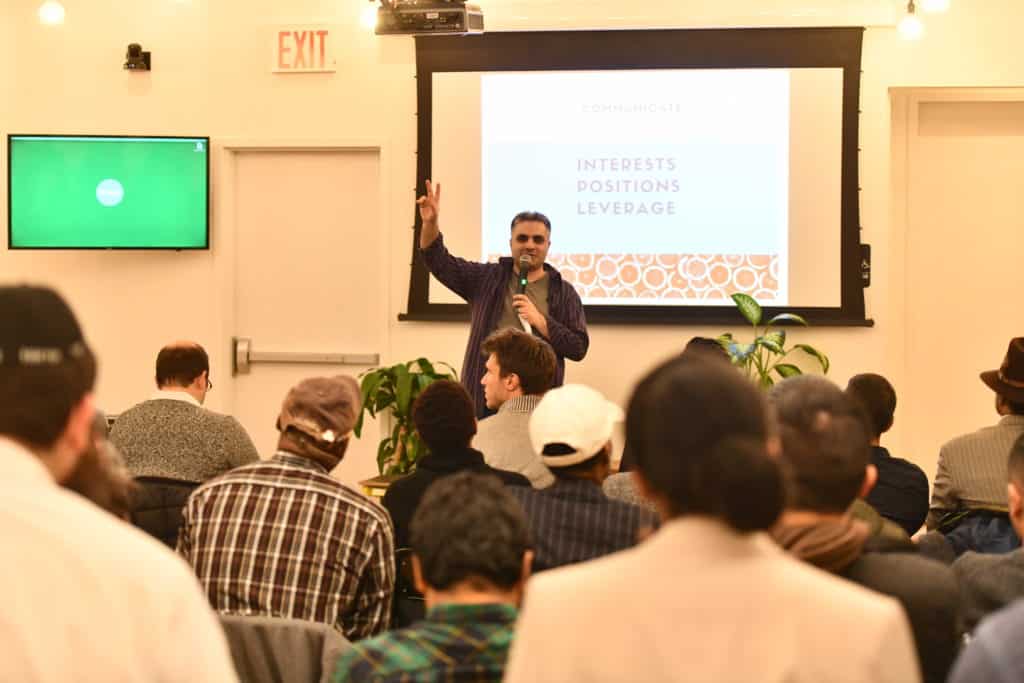
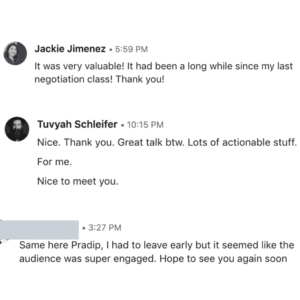
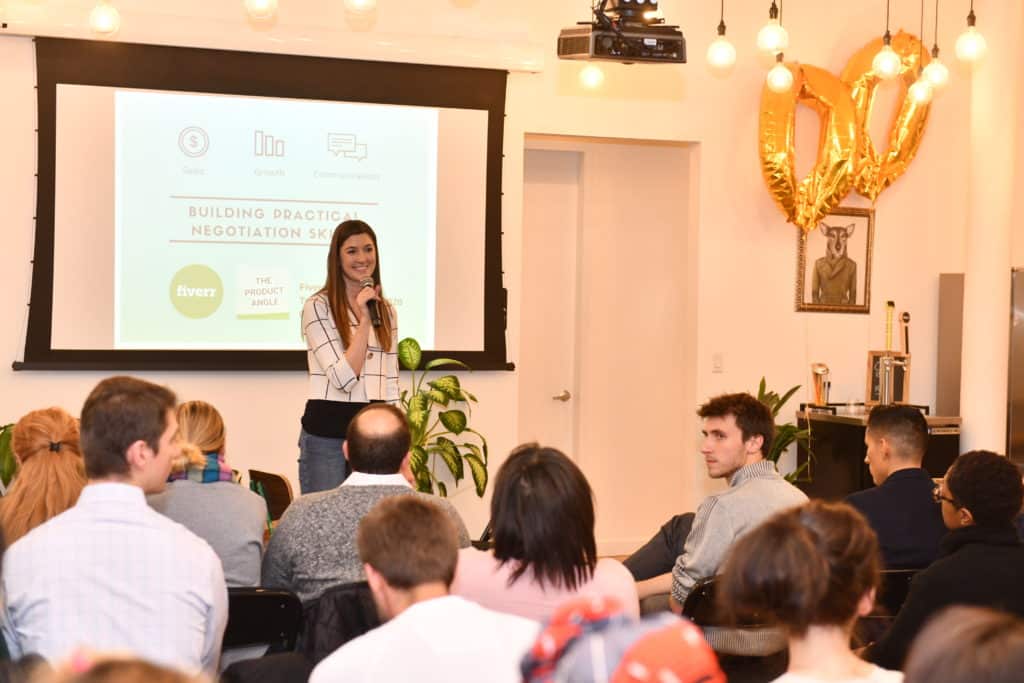










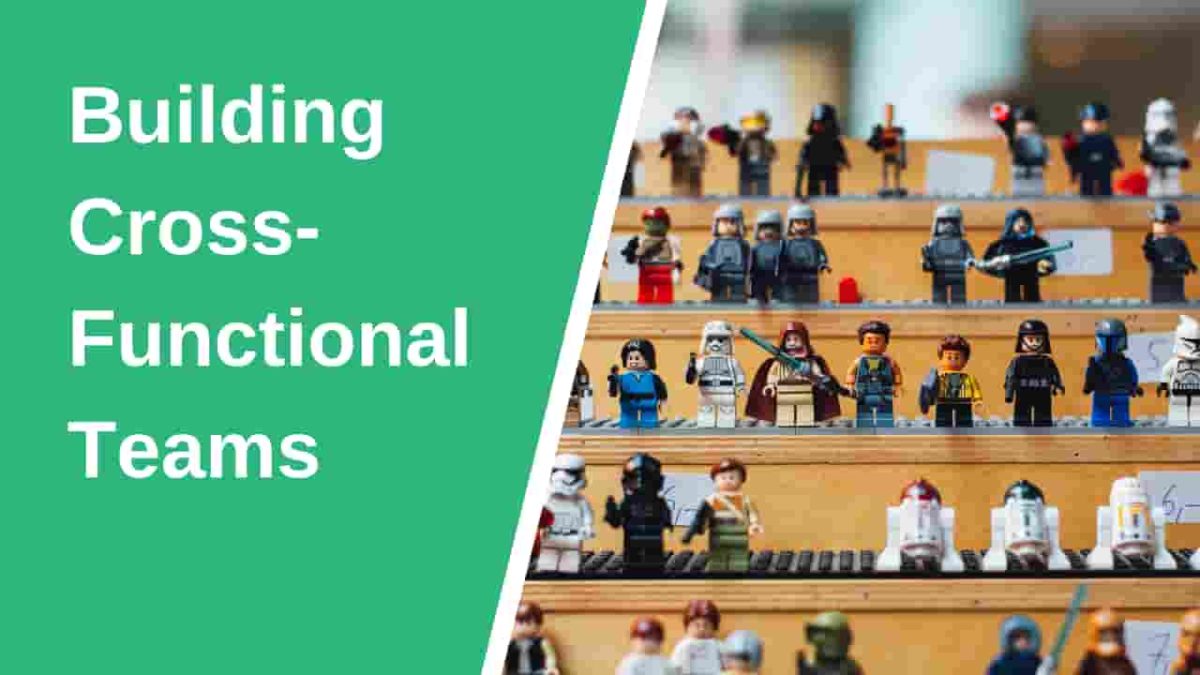









 However, today Katelyn helps frustrated product teams figure out who their best customers are and what triggers them to buy (or stop buying).
However, today Katelyn helps frustrated product teams figure out who their best customers are and what triggers them to buy (or stop buying).











